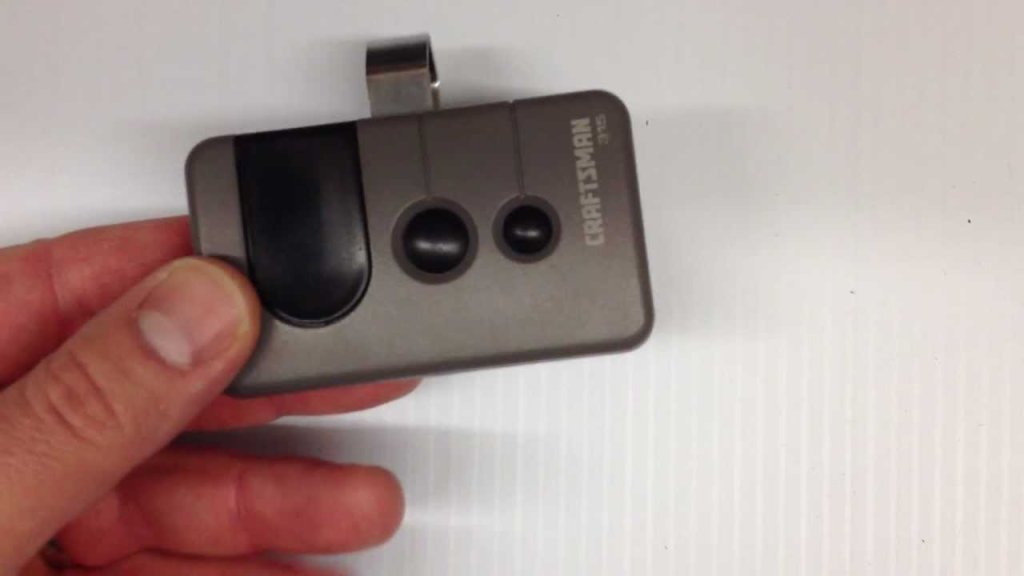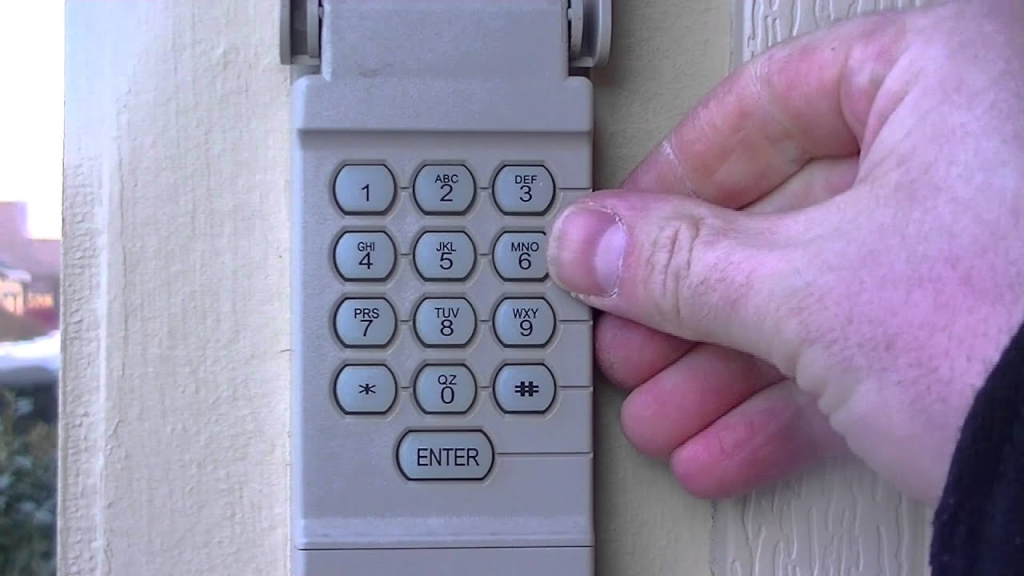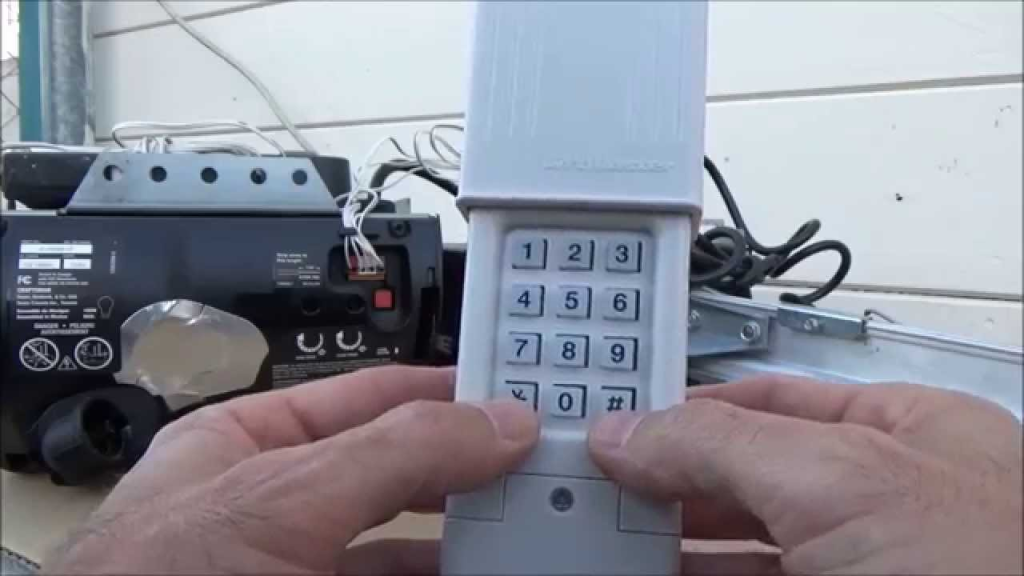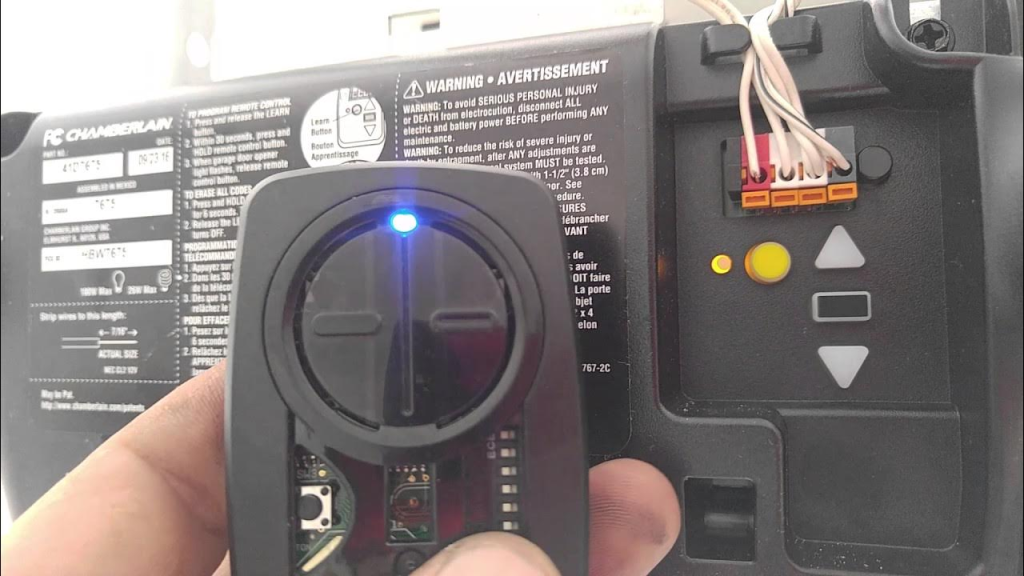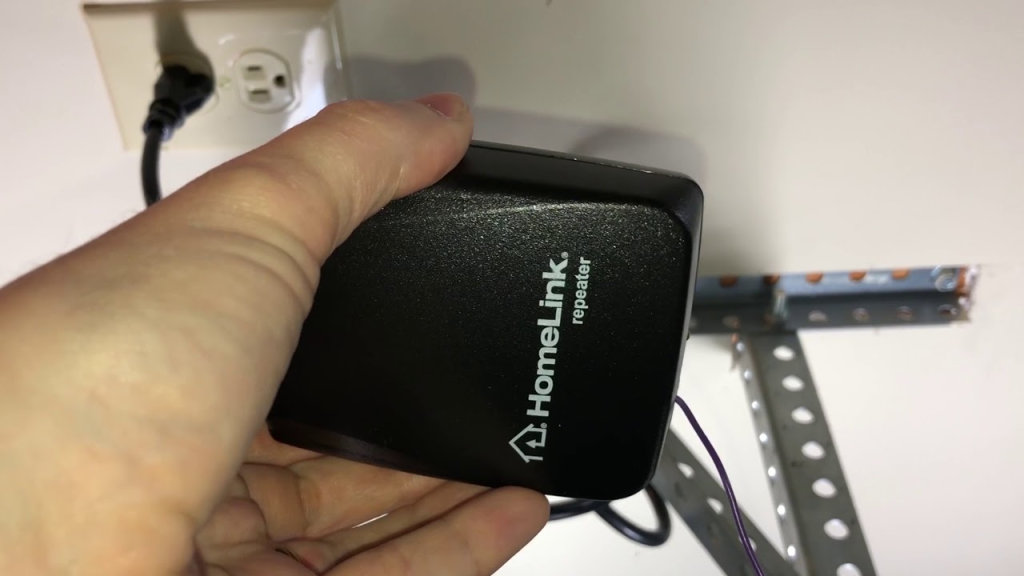In today’s world, home security is more important than ever. One commonly overlooked aspect of home security is your garage door opener code. If you’ve recently moved into a new home, lost a remote, or simply want to refresh your system, learning how to reset code on Sears Craftsman garage door opener is a smart and proactive step.
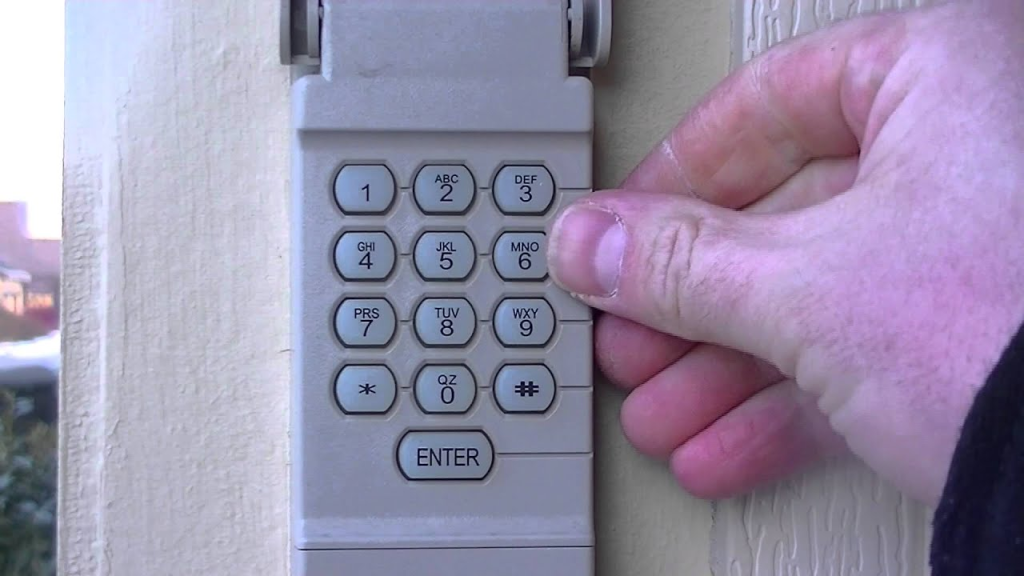
Resetting your garage door opener’s code can prevent unauthorized access and ensure that only your household has control over the system. Fortunately, if you own a Sears Craftsman model, the process is fairly straightforward and can be completed in just a few minutes with minimal tools.
Read too: Craftsman Garage Door Keypad Not Working? Here’s How to Troubleshoot and Fix It
This article will walk you through everything you need to know—from understanding why resetting your code is essential to providing detailed, step-by-step instructions. We’ll also include tips for troubleshooting and maintaining a secure system long-term.
Why Resetting Your Garage Door Opener Code Matters
Your garage door is one of the largest entry points to your home. It’s not just a convenience—it’s a matter of safety. There are several reasons why you should know how to reset code on Sears Craftsman garage door opener:
- Security after moving: You don’t know who the previous owners gave access to.
- Lost or stolen remotes: A lost remote can become a key in the wrong hands.
- New tenants or roommates: You may need to restrict access when someone moves out.
- Prevent code theft: Older systems using fixed codes can be intercepted by scanners.
- Peace of mind: Updating your code ensures that only you can control access.
Resetting your code not only gives you peace of mind but also extends the functionality and safety of your Craftsman garage door opener.
Understanding the Sears Craftsman Garage Door Opener System
Sears Craftsman garage door openers are manufactured by Chamberlain, and most models use the “Learn” button to handle programming tasks like syncing remotes and keypads or resetting codes.
Common features include:
- A Learn button on the back or side of the motor unit.
- Remote control transmitters that pair via radio frequency.
- Keyless entry pads mounted outside your garage.
- Security+ or Security+ 2.0 technology for rolling codes.
Knowing your model number can help you identify the exact method for resetting the code. Most modern Sears Craftsman openers follow a similar procedure, but some older models may differ slightly.
How To Reset Code On Sears Craftsman Garage Door Opener
Ready to reset your opener code? Follow these step-by-step instructions based on your setup.
Step 1: Locate the Learn Button
- Climb a sturdy ladder to access the motor unit mounted on your garage ceiling.
- Look for the Learn button. It’s typically located on the back panel near the light bulb cover and may be red, yellow, orange, green, or purple depending on your model.
- You may need to remove the light lens cover to see it clearly.
Step 2: Clear the Existing Codes
- Press and hold the Learn button for about 6–10 seconds until the LED light next to it turns off.
- This action erases all programmed remotes and keypads from the opener’s memory.
- Note: You must reprogram all remotes and keypads after this step.
Step 3: Reprogram the Remote Control
- Press the Learn button once (just a quick press, not a long hold).
- The LED light will turn on and stay on for 30 seconds.
- While the light is on, press and hold the button on your remote control that you want to program.
- Release the button when the motor unit clicks or the light blinks, indicating successful programming.
Step 4: Reset the Keypad Code (If You Have a Keyless Entry)
- Press the Learn button once to initiate programming.
- Within 30 seconds, go to your keypad and:
- Enter your new 4-digit code.
- Press and hold the Enter button until the light on the motor unit blinks or clicks.
- Your new code is now stored and active.
Tips for Choosing a Secure Garage Door Code
To ensure your garage remains secure after resetting the code:
- Avoid predictable numbers like 1234 or your birth year.
- Use a random combination that is easy for your household to remember.
- Change the code periodically, especially if you suspect it’s been compromised.
- If your keypad allows, choose a longer code (5 or more digits) for extra security.
What to Do If Your Remote or Keypad Won’t Program
If you’ve followed the steps but your remote or keypad isn’t pairing correctly, try these troubleshooting tips:
- Check the battery: Weak or dead batteries in your remote or keypad can cause issues.
- Verify the Learn button color: Some remotes are only compatible with specific Learn button colors.
- Distance matters: Make sure you’re within 5–10 feet of the motor when programming.
- Try again: Timing is critical—make sure you press your remote/keypad button while the Learn light is still illuminated.
- Reset again: If all else fails, clear the memory once more and try reprogramming.
Additional Security Features to Consider
Modern Sears Craftsman openers offer a range of advanced features. Consider upgrading or enabling the following for enhanced safety:
- Rolling Code Technology: Prevents code theft by changing the code with every use.
- Smartphone Control: Use apps like myQ for remote monitoring and control.
- Temporary Keypad Codes: Set up temporary access for guests or deliveries.
- Vacation Lock: Some wall consoles allow you to disable all remote inputs when you’re away.
Maintaining a Secure Garage Door System
Resetting the code is just one part of good security. Here are more tips to keep your garage secure:
- Inspect hardware: Look for rust, misalignment, or wear on the tracks and opener.
- Test safety sensors: Ensure your photoelectric sensors are properly aligned and functional.
- Secure the emergency release: Install a zip tie or shield to prevent break-in attempts via coat hanger tricks.
- Don’t share your code: Only give the keypad code to trusted individuals.
- Update technology: Consider upgrading older models that lack rolling codes or wireless security.
When Should You Reset the Code?
Regularly resetting your opener code ensures your security remains intact. Here are times when it’s especially critical:
- After buying a new home: Always reset to avoid unknown access.
- Following a burglary or break-in attempt
- When losing a remote or keypad
- After renting out or selling your home
- If your garage door opens randomly (this could be due to signal interference or code duplication)
Common Myths About Garage Door Security
Let’s bust a few myths that could mislead you into a false sense of security:
- “My code is safe if I’ve never shared it.”
- Codes can be guessed, intercepted, or shared without your knowledge.
- “I only need to reset the remote, not the keypad.”
- Wrong—resetting the Learn memory clears everything. You must reprogram all devices.
- “Older systems are just as secure.”
- Not true. Fixed-code systems are far easier to hack.
- “If it still works, I don’t need to update it.”
- Regular maintenance and code resets are essential for continued safety.
Conclusion
Knowing how to reset code on Sears Craftsman garage door opener is more than just a technical skill—it’s a way to protect your home, your family, and your belongings. With this complete guide, you’re equipped to update your system securely, whether you’ve just moved in or are being proactive about safety.
Don’t wait for something to go wrong. Taking 10–15 minutes today to reset your code can help avoid hours—or even thousands of dollars—of headache later.
If you’re ever unsure or have a particularly old model, consult your user manual or contact Sears Craftsman support for help. But in most cases, you now have everything you need to keep your garage—and your home—safe.






